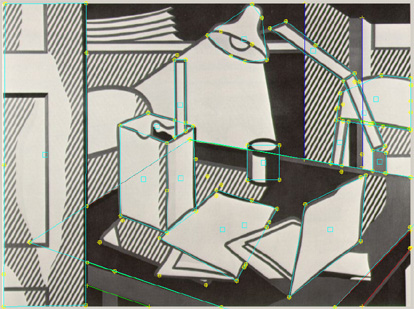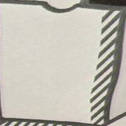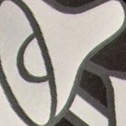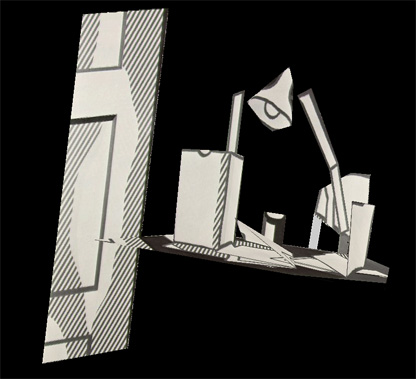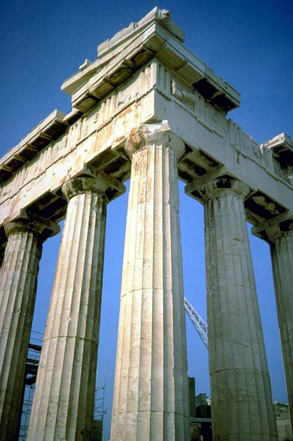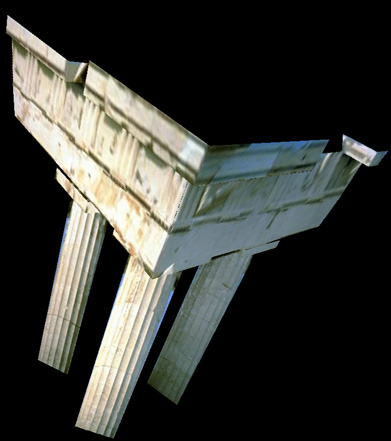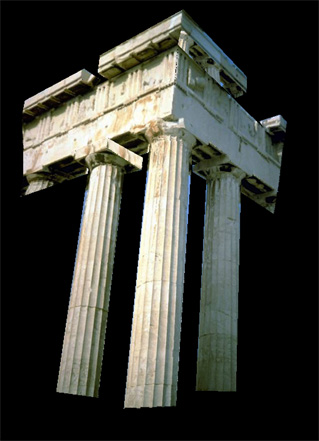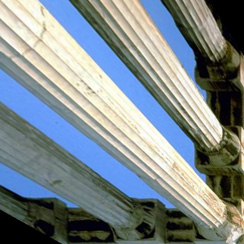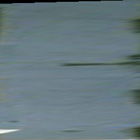Analysis & Results This program definitely works best when two of the axis are at 45 degrees to the camera direction and the third axis is at 90 degrees to the camera direction. This way - we have equal amounts of data along the two 45 degree axis and depth is estimated well in each direction.
The most difficult part about using the program was relying only on the "SameXY" and "SameZ" tools. Sometimes - we need to go through a number of such operations to finally calculate the world coordinates of a point. This method can introduce a lot of error because each calculation depends on the previous. If I had more time I would definetly expand these tools to include "Same Y Plane, Same X plane. It would also be very useful to map how curved shapes would change under perspective projection.

